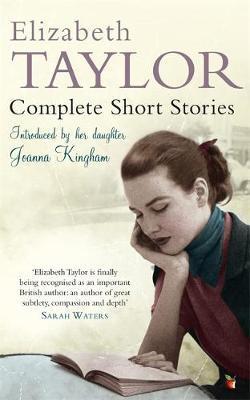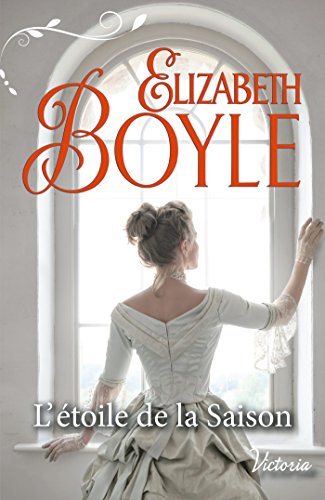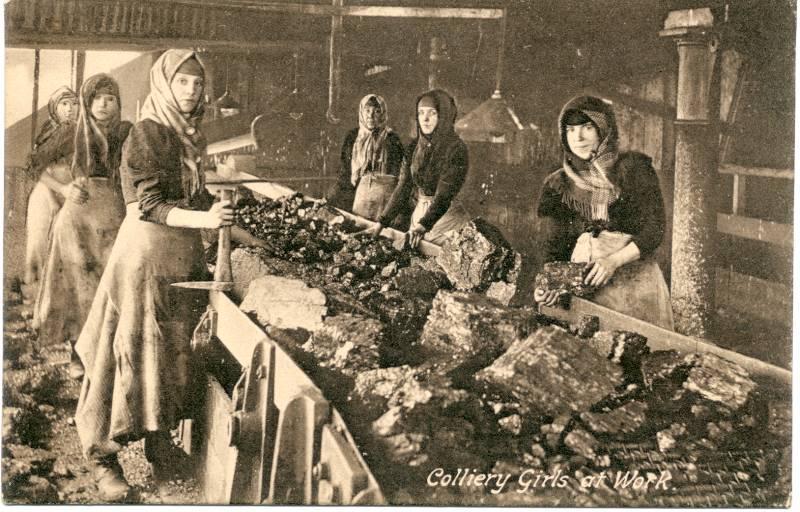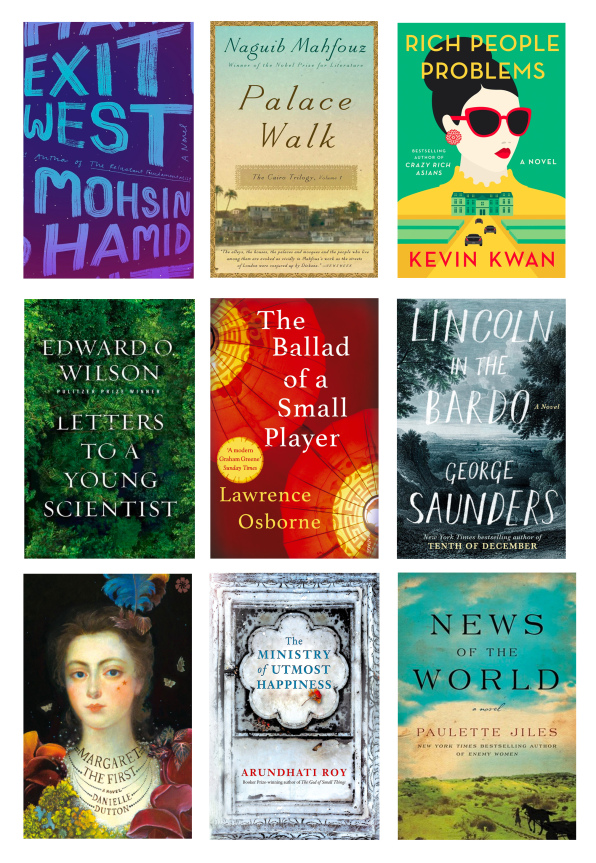Elizabeth Taylor is heralded as ‘one of the best novelists born in this [the twentieth] century’ by prolific author Kingsley Amis. Her work is enjoying a sudden surge in popularity, and every short story which the author wrote over her career – 65 in all – has been placed together in this volume, recently published by Virago. The majority of the stories printed here have previously been published in other books of Taylor’s collected work – Hester Lilly (1954), The Blush (1958), The Dedicated Man (1965) and The Devastating Boys (1972). Complete Short Stories also includes several stories which have only been published in magazines to date. 
The volume has been introduced by Taylor’s daughter, Joanna Kingham. She states that ‘many of the stories have an autobiographical streak’, and echoes of Taylor can be found throughout.
Complete Short Stories is rather impressive merely in terms of the large number of stories it contains. Some, like ‘Hester Lilly’ are relatively long, and others fill just two or three pages. These shorter stories are certainly the most impressive, merely for the atmosphere which Taylor is able to build up in just a few sentences. Such vignettes really show her skill as an author.
Many of the stories are rich in detail and the majority launch straight into the story from the outset. Taylor’s descriptions work well with the stories she has fashioned. In the garden in ‘Hester Lilly’, ‘the leaves were large enough to look sinister, and all of this landscape with its tortured-looking ash trees, its too-prolific vegetation, had a brooding, an evil aspect’, and in ‘Spry Old Character’, it is explained how the protagonist views his surroundings: ‘country to him was negative: simply, a place where there was not a town’.
A host of different settings and storylines can be found throughout Complete Short Stories. They take place within, for example, a retirement home, a hospital room, a journey in rural France, a relatively neglected garden, and feature such subjects as birth, death, bereavement, couples growing apart, shifting relationships and ageing. This varied subject matter and the ordering of the stories allows them to be read continually, or in short bursts over a longer period of time.
Taylor’s stories are, essentially, glimpses into lives. We as readers meet many different characters in a whole host of varied situations and time periods, and feel that we grow to know them well for the most part. The characters themselves are relatively easy to empathise with. They are built up well and the details which Taylor includes about them make them seem like realistic individuals. In the first story ‘Hester Lilly’, Hester, whose name ‘had suggested to her [cousin Muriel] a goitrous, pre-Raphaelite frailty’ wears clothes which make her look ‘jaunty, defiant and absurd’. In ‘Poor Girl’, the young protagonist is described as an ‘alarmingly precocious’ child, whose teacher ‘thought that he despised his childhood, regarding it as a waiting time which he used only as a rehearsal for adult life’.
The stories do not all follow the same structure. Whilst the majority are told from the omniscient third person perspective, several do use the first person narrative voice of their protagonist or overseer. The prose itself is carefully written and most every word holds importance within the story, and Taylor makes rather original comparisons between objects. A good example of this is when she describes bracelets as ‘warm and heavy, alive like flesh’.
The book’s only downfall is that it does not cite where the stories were originally published, or the years in which they were written. This information would be incredibly useful in such a large collection of stories, as it would allow the reader to see how Taylor grew as a writer over the span of her career. The stories are all engrossing and the majority of them intrigue, making the reader want to read on.
Purchase from The Book Depository
Advertisements Share this:




